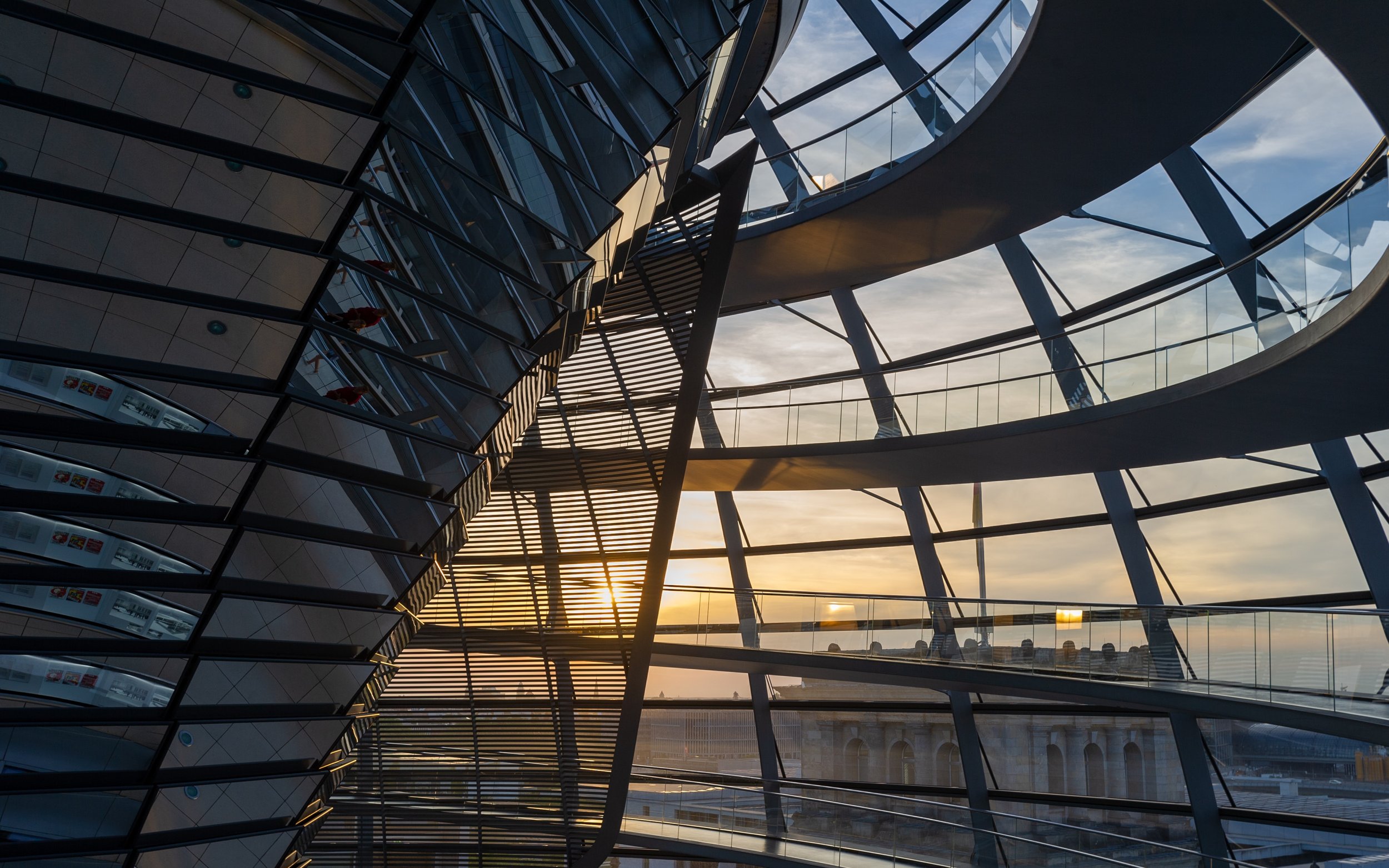
Architecture
Berlin is one of the most exciting cities in the world for modern architecture. While it is accurate to say that there is not one unifying style to be found in Berlin, the resulting mix of buildings creates a unique playground for current architects. There are traces of much of Berlin’s past found in its buildings, some of which is original, but most of which was rebuilt. It’s possible to discover Prussia, Nazi Germany, the East German communist regime, and the modern, experimental side of Berlin while walking through the city. Your guide can point out all of these different styles while providing a commentary not only about the architecture itself, but placing that architecture in the proper historical background.
Tour
Highlights
-
Karl Friedrich Schinkel’s masterpiece on Museum Island, one of many buildings constructed by Berlin’s most influential architect, who worked as the royal architect in the early 1800s.
-
While the original Royal Arsenal is impressive, what is really special is I.M. Pei’s addition, constructed in the late 1990s and home to the museum’s constantly changing temporary exhibits.
-
Constructed under Frederick the Great’s reign by Georg Wenceslaus von Knoebelsdorff, the State Opera House was destroyed and rebuilt multiple times during its history, but stands as a beautiful reminder of mid-1700s architecture.
-
One of the few Nazi buildings still standing, the former Luftwaffe Headquarters was built by Ernst Sagebiel, a contemporary of the famous Nazi architect Albert Speer. The building looks exactly as it did under the Nazi regime, and is now the Finance Ministry.
-
Berlin’s most modern neighborhood was one of the busiest intersections in Europe prior to World War II, then destroyed almost completely by the bombs, and ignored for decades due to its proximity to the Berlin Wall. It was entirely rebuilt in the 1990s, with the architects Renzo Piano and Helmut Jahn taking a leading role in its re-birth.
-
Built in the early 1960s in former West Berlin, this unique building was designed by Hans Scharoun, who played a major role in the reconstruction of the west side of the city in the post-War period.
-
While the German Parliament was first constructed in the late 1800s, it was badly damaged during the Battle of Berlin at the end of World War II, and not properly re-constructed until after German Reunification in the 1990s. The highlight is the glass dome, designed by Sir Norman Foster to symbolize the transparency which is so important to German society today.26ff0
-
Located next to the Brandenburg Gate, this Frank Gehry designed building looks ordinary, but contains an extraordinary surprise – an enormous abstract fish built in the atrium of the structure.
AVAILABLE GUIDES:











